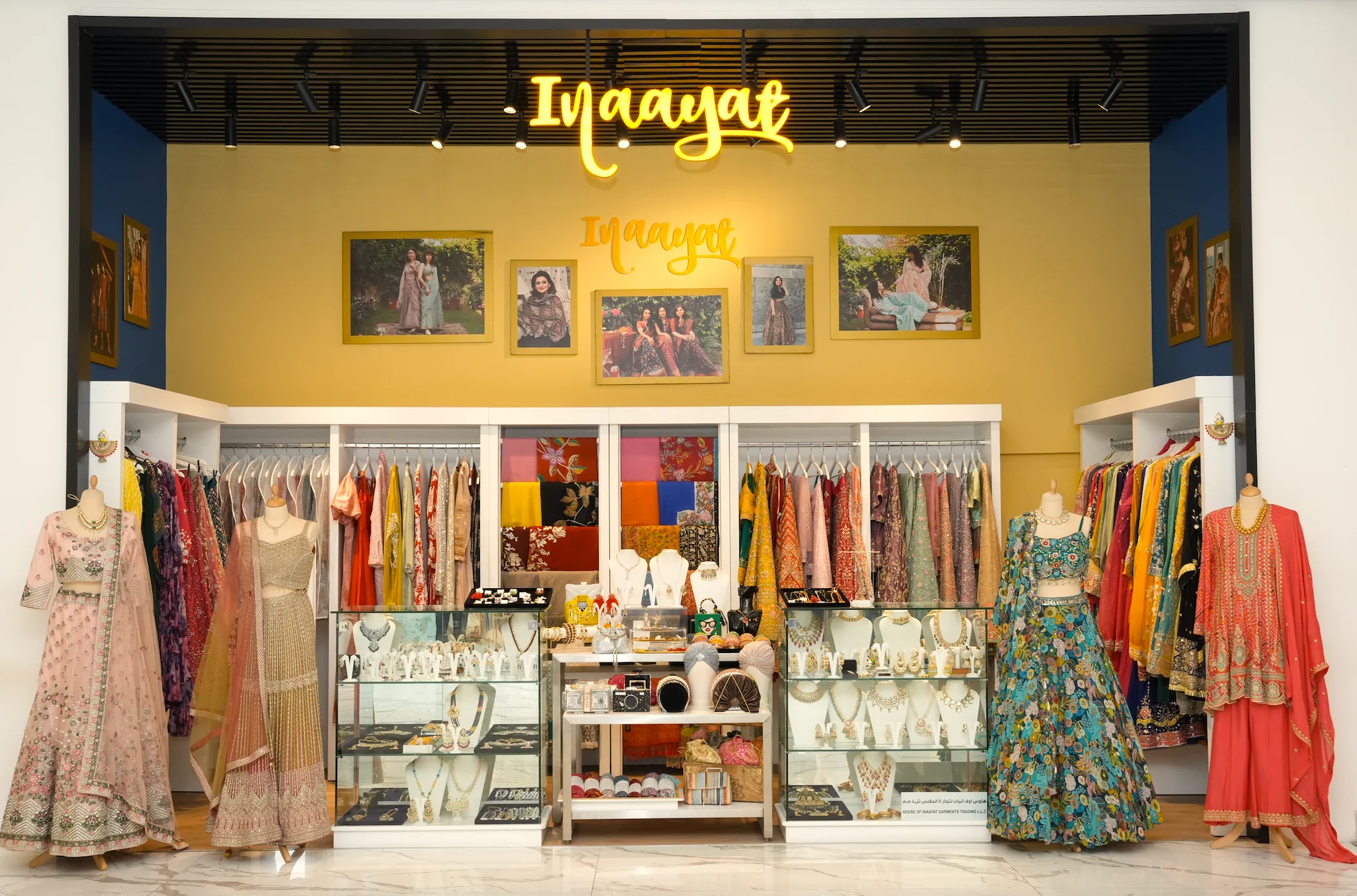Nestled in the heart of Delhi, Pul Bangash is more than just a name on the map — it is a vibrant neighborhood brimming with history, culture, and everyday life.
From its mughal-era heritage to its bustling bazaars and religious diversity, Pul Bangash represents a microcosm of Old Delhi’s timeless charm. Located near the famous Sadar Bazaar and Karol Bagh, Pul Bangash is a place where the past and present coexist harmoniously.
In this article, we’ll take you through the history of Pul Bangash, its cultural significance, landmarks, people, economy, and much more.
Table of Contents
The History of Pul Bangash
Origins of the Name
The name “Pul Bangash” roughly translates to “Bridge of Bangash.”
- Pul means bridge in Hindi/Urdu.
- Bangash refers to a Pashtun (Pathan) tribe, believed to have settled here during the Mughal period.
The area was once home to many soldiers, traders, and craftsmen from the Bangash tribe, who built a settlement here near a bridge that crossed one of the many small streams flowing through Delhi.
Mughal Era
- During the Mughal Empire, Pul Bangash developed as a residential and trading hub for soldiers and their families.
- The Bangash Pathans were known for their martial prowess and loyalty to the Mughals.
- Historical records mention mosques and serais (inns) built here for travelers and troops.
British Period
- During the British Raj, Pul Bangash continued to flourish as a bustling area near the Delhi Junction (Old Delhi Railway Station).
- Many families engaged in trade, handicrafts, and supplying goods to the British administration.
Pul Bangash Today — Culture & Community
Pul Bangash today reflects the diversity of Delhi, with people of different religions, languages, and backgrounds living together.
Demographics
- Predominantly inhabited by Hindus and Muslims.
- Languages spoken include Hindi, Urdu, Punjabi, and some Pashto by descendants of the Bangash Pathans.
- A mix of old families and new migrants from other parts of India.
Culture
- Pul Bangash retains elements of Mughal-era culture with traditional festivals, crafts, and cuisine.
- Eid, Holi, and Diwali are celebrated with equal enthusiasm.
- The bazaars are known for traditional garments, spices, and handicrafts.
Why is it called Pul Bangash?
1. The name Pul Bangash comes from two words:
Pul — means bridge in Hindi/Urdu.
Bangash — refers to the Bangash Pathan (Pashtun) tribe, who settled in Delhi during the Mughal era.
2. Historically, this area was inhabited by members of the Bangash tribe, who were soldiers and traders under the Mughals.
3. The settlement was built around a small bridge (pul) over a stream or canal, which became a landmark.
So, the locality came to be known as Pul Bangash — “The bridge of the Bangash tribe”, and the metro station serving this area naturally adopted the same historic name.
Pul Bangash Food Guide
Pul Bangash in Delhi is a hidden gem for authentic Old Delhi street food. The lanes buzz with the aroma of smoky seekh kebabs, juicy tikkas, and flavorful biryanis. Early mornings offer nihari and paya with hot naan, while vegetarians relish chole bhature, kachoris, and buttery parathas. Sweet shops tempt you with jalebi, rabri, and gulab jamun, perfect with a cup of masala chai or a cool lassi. During festivals, the area comes alive with special dishes and colorful stalls. Affordable, vibrant, and full of flavor, Pul Bangash is a must-visit for anyone craving Delhi’s rich culinary heritage.
Where is Pul Bangash Located?
Pul Bangash is situated in central Delhi, close to the following landmarks:
Sadar Bazaar — One of India’s largest wholesale markets.
Old Delhi Railway Station — Major transportation hub.
Karol Bagh — Popular shopping district.
Chandni Chowk — The historic heart of Old Delhi.
It is well connected through road and public transport, with the Pul Bangash Metro Station on the Red Line of Delhi Metro making it easily accessible.
Pul Bangash Metro Station
One of the key aspects of the area today is its metro station, which serves thousands of commuters daily.
About the Station
Located on the Red Line of the Delhi Metro.
Opened to the public in 2003.
Equipped with basic amenities like elevators, escalators, and shops.
Acts as a gateway for travelers heading towards Sadar Bazaar, Kamla Market, and other nearby areas.
The metro station has also contributed to the economic development of the area, as more people visit its markets and businesses.
Landmarks Around Pul Bangash
1. Mosques & Dargahs
Pul Bangash has several mosques and dargahs, some dating back to the Mughal period.
- Bangash Masjid — one of the oldest mosques built by the Pathan settlers.
- Sufi dargahs — attract devotees of all faiths, especially during Urs festivals.
2. Temples
- Several Hindu temples dedicated to Hanuman, Kali, and Shiva.
- These temples become hubs of activity during festivals like Navratri & Diwali.
3. Markets
- Known for small-scale retail and wholesale businesses.
- Shops selling fabrics, shoes, leather goods, spices, and household items.
- Local eateries serving Mughlai kebabs, biryani, and North Indian sweets.
4. Schools & Community Halls
- Several schools and madrasas serve the educational needs of the local children.
- Community halls are often used for weddings, religious gatherings, and festivals.
Economy & Livelihoods
The economy of Pul Bangash is fueled by:
- Retail shops and street vendors
- Wholesale traders supplying goods to Delhi’s markets
- Tailors, weavers, and artisans
- Restaurants, tea stalls, and sweet shops
- Transportation services
Many families have been in the same trade for generations, while others adapt to modern businesses like mobile shops and electronics.
Food Culture of Pul Bangash
Like much of Old Delhi, Pul Bangash is known for its rich culinary traditions:
Street Food Highlights
- Kebabs, seekh, and shami served fresh from roadside grills.
- Nihari & paya served early in the morning.
- Chole bhature, kachori, and parathas for vegetarians.
- Sweet shops offering jalebi, gulab jamun, and kheer.
Local food here reflects a blend of Mughlai, Punjabi, and North Indian flavors — a must-try for food lovers.
Life in Pul Bangash — A Visual Journey
Walking through Pul Bangash is like stepping into history:
- Narrow lanes filled with colorful shops.
- Elderly men sipping chai and playing cards at street corners.
- Children playing cricket in small by-lanes.
- Women shopping for bangles and fabrics.
- Aroma of spices, incense, and street food filling the air.
It’s a sensory experience that captures the spirit of Delhi.
Challenges & Modernization
Like many historic neighborhoods in Delhi, Pul Bangash faces certain challenges:
- Overcrowding & traffic congestion.
- Poor sanitation & drainage in some areas.
- Encroachment on public spaces.
- Preservation of heritage buildings.
However, with metro connectivity and ongoing development projects, efforts are being made to improve living conditions while retaining its character.
Why Visit Pul Bangash?
- Experience authentic Old Delhi culture.
- Shop at affordable, traditional markets.
- Relish delicious street food.
- Visit heritage mosques & temples.
- Meet warm, welcoming locals who carry forward centuries of traditions.
Pul Bangash Metro Station — Red Line Access
Line:
Situated on the Red Line (Line 1) of the Delhi Metro, running from Rithala (west) to Shaheed Sthal/New Bus Adda (east)
Station Code:
PBGH .
Opening Date:
Commissioned on 3 October 2003
Structure:
Elevated with two side platforms:
Platform 1: Westbound towards Rithala
Platform 2: Eastbound towards Shaheed Sthal/New Bus Adda
Adjacent Stations
Westbound (Platform 1): Previous stop is Pratap Nagar.
Eastbound (Platform 2): Next stop is Tis Hazari
Interchange & Future Connections
Currently no interchange lines at Pul Bangash.
Planned as an interchange with the Magenta Line (Phase IV), expected by 2026
Train Frequency & Timings
First trains: Approximately 05:35 (westbound) & 06:28 (eastbound)
Last trains: Around 23:22 (eastbound) & 23:36 (westbound)
Peak frequency: Every ~3–4 minutes (weekday); ~5 minutes on weekends
Fare Structure
Being part of the Red Line, fares range from ₹10 to ₹60 depending on distance
Connectivity & Transfers
Strategic interchanges along the Red Line:
Kashmere Gate: Connects to Yellow & Violet Lines
Inderlok: Connects to Green Line
Welcome, Netaji Subhash Place: Connect to Pink Line
Nearby Stations & Access Points
Within 1 km walking distance:
Tis Hazari (~0.9 km, ~13 min walk) connects to the Red Line.
Bus stops near the station: Ice Factory (Roshanara Rd), Azad Market, Sadar Bazaar
Summary Table
| Feature | Details |
|---|---|
| Line | Red Line (Rithala ↔ Shaheed Sthal) |
| Platforms | 1 (Westbound to Rithala), 2 (Eastbound to Shaheed Sthal) |
| Adjacent Stations | West: Pratap Nagar East: Tis Hazari |
| Open Since | 03 Oct 2003 |
| Timings (Weekday) | 05:35–23:36 |
| Frequency | 3–5 min |
| Fare Range | ₹10–₹60 |
| Interchanges | None (Magenta Line coming in Phase IV) |
How to Plan Your Travel
To reach Pul Bangash, board a Red Line train and get off on Platforms 1 or 2 depending on direction. It’s well-connected to central Delhi and Ghaziabad. In the future, you’ll also be able to transfer to the Magenta Line directly at this station.
Need route guidance to a specific location or landmark from Pul Bangash? Just ask!
FAQs About Pul Bangash
Q1: What does Pul Bangash mean?
Pul means bridge, and Bangash refers to a Pashtun tribe — the area was originally settled by members of this tribe near a bridge.
Q2: Where is Pul Bangash located?
In central Delhi, near Sadar Bazaar, Karol Bagh, and Chandni Chowk. It is served by the Pul Bangash Metro Station on the Red Line.
Q3: Is Pul Bangash a good place to shop?
Yes — it is known for budget-friendly traditional markets selling fabrics, household goods, and more.
Q4: What are the main attractions in Pul Bangash?
Heritage mosques, bustling markets, delicious food stalls, and its unique cultural atmosphere.
Q5: How do I reach Pul Bangash?
The easiest way is via Delhi Metro — get off at Pul Bangash Metro Station on the Red Line. You can also reach by bus, auto-rickshaw, or taxi.
Q6: Is Pul Bangash safe to visit?
Yes — it is a densely populated but generally safe neighborhood. However, be cautious of pickpockets in crowded areas.
Q7: What is the best time to visit Pul Bangash?
During winter months (October–March) when the weather is pleasant.
Q8: Are there good food options in Pul Bangash?
Absolutely — the area is known for its Mughlai and North Indian street food, sweets, and snacks.
Q9: Are there any hotels near Pul Bangash?
Yes — several budget and mid-range hotels are available in nearby Karol Bagh and Paharganj.
Q10: Is Pul Bangash historically important?
Yes — it has a rich history dating back to the Mughal era and reflects Delhi’s multicultural heritage.
Conclusion
Pul Bangash is much more than a neighborhood — it is a living testament to Delhi’s layered history, cultural richness, and communal harmony.
Whether you’re a history buff, a foodie, a shopaholic, or simply curious about the hidden gems of Delhi, Pul Bangash offers something for everyone.
From its Mughal-era roots to its bustling modern-day markets, the area continues to thrive as a vibrant and dynamic part of the city. The sights, sounds, and flavors of Pul Bangash capture the very soul of Delhi — a city where the past and present dance in harmony.
So next time you’re in Delhi, take the metro to Pul Bangash and lose yourself in the colorful chaos and heritage of this unforgettable locality.
Quick Facts Recap:
Name: Pul Bangash (Bridge of the Bangash Tribe)
Location: Central Delhi, near Sadar Bazaar & Karol Bagh
Known For: History, markets, food, mosques & temples
Metro Station: On the Red Line of Delhi Metro
Why Visit: Experience authentic Delhi life & culture











